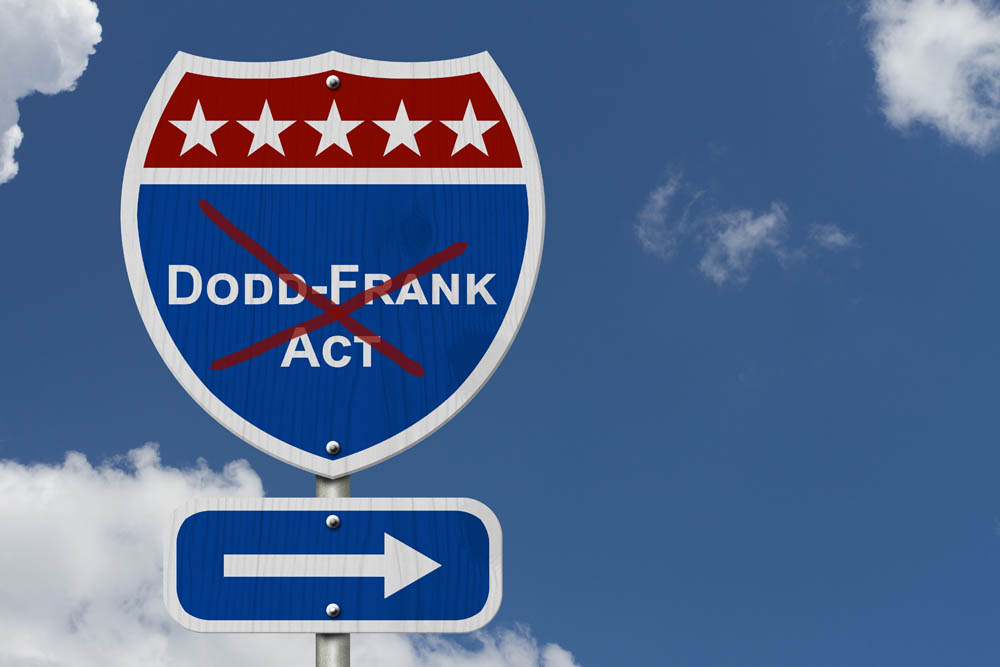
PACE FINANCING MAY BE QUICK, BUT IT ISN’T EASY
PACE financing is a fast way to finance improvements to your home if the improvements increase energy efficiency and lower operating costs, and/or improve resistance to hurricane damage. PACE, which stands for Property Assessed Clean Energy, is administered by the Ygrene Energy Fund and is designed to finance retrofits to existing homes and commercial properties. The approval process is fast, as eligibility is not dependent on the borrower’s credit score. To qualify, the total debt on the property, including the PACE funding, must not exceed market value and PACE funding cannot exceed the building’s market value.
Approval is fast, sometimes within a matter of hours once the information is complete. It is very attractive for homeowners needing major improvements not covered by insurance, such as a new roof, since 100% of the cost can be covered as long as the values are met. The process to refinance a property or obtain a second mortgage might take 30 to 60 days, be costly, dependent on credit and the ability to repay, in addition to appraised value to determine the available equity. PACE, however, does not look at credit/ability to repay and bases value and equity on the assessed value and recorded documents which frees up more equity than otherwise would be available, potentially making the loan amount bigger.
PACE loans can close almost immediately, allowing a project to start quickly, while the time that it takes bank loans to close can delay a project. If a project is urgent, like a failing roof, PACE is an extremely attractive alternative.
Where PACE becomes less attractive is on repayment. Interest on PACE loans is significantly higher than what banks can offer. PACE loans are fixed rate and fully amortized over twenty years. Banks can offer many alternatives for interest and amortization and first mortgages can be partially amortized while second mortgages are interest only. Therefore, bank loans can be better for a borrower’s cash flow.
PACE loans, however, are repaid as a non-ad valorem tax assessment on the property tax bill. This means the repayment is made annually. But is it? Not if the homeowner escrows taxes with his/her lender. And, if a borrower has not made arrangements to escrow first year’s assessment, there will be an escrow short fall. The borrower will have to make up the shortfall in year two in addition to paying the assessment, which increases monthly payments significantly.
But the most confusing part is the early repayment of a PACE loan. When a borrower sells a property subject to a PACE loan, technically, the loan does not have to be repaid. It is an assessment that follows the property, not the person. The loan documents note this and the agents (generally the contractors installing the improvements) tell you with no hesitation, that the loan does not have to be repaid. But this is not true in practice because Fannie Mae, Freddie Mac, FHA, and any other lender who reads the documents or title commitment, won’t accept title, and therefore, accept a mortgage, unless the loan is repaid and the lien released. The assessment, like any other tax, will become superior to any subsequently recorded mortgage.
Upon the sale of the property and the early repayment of a PACE loan, Ygrene generates a payoff letter. Pursuant to the loan documents, the payoff letter sets forth the outstanding principal amount and the accrued interest for the entire year. There is also a notation on the payoff letter, again consistent with the loan documents, which states that the payoff does not include the tax assessment for the current year and that amount will be due upon payment of the current year’s taxes. This statement is confusing to many closing agents and easily overlooked. It is very easy for the closing agent to collect only the amount set forth on the payoff letter only to find out that there is an assessment for the non-ad valorem taxes attributable to the PACE loan in November, which needs to be adjusted between the buyer and seller.
Although PACE loans can, and have helped many property owners make much needed improvements to their homes and commercial properties, the program isn’t all that it is advertised to be. It is not low cost and the cost of improvements does not automatically get passed on to subsequent owners because institutional lenders will not sacrifice lien priority. PACE has received complaints about the way that its agents have marketed the program over this point specifically and needs to better educate its agents and the public so potential borrowers can make informed decisions. Conversely, PACE has many advantages. It is fast and nimble and it makes funds available to many borrowers who might not otherwise be able to obtain a loan or enough of a loan to improve their property. Given the 2019 tax reforms, PACE loans have a tremendous advantage over new second mortgages in that they are fully deductible, however problems still need to be fixed to make the program work the way it was intended.




No Comments
Sorry, the comment form is closed at this time.